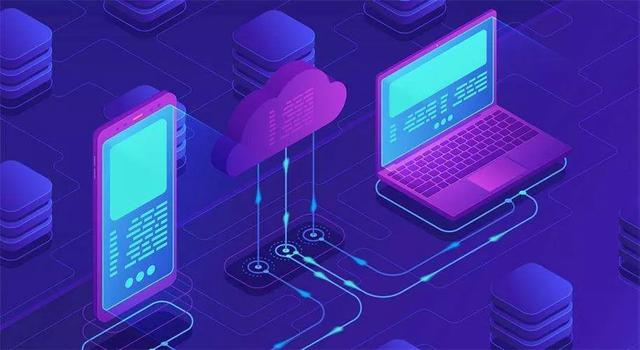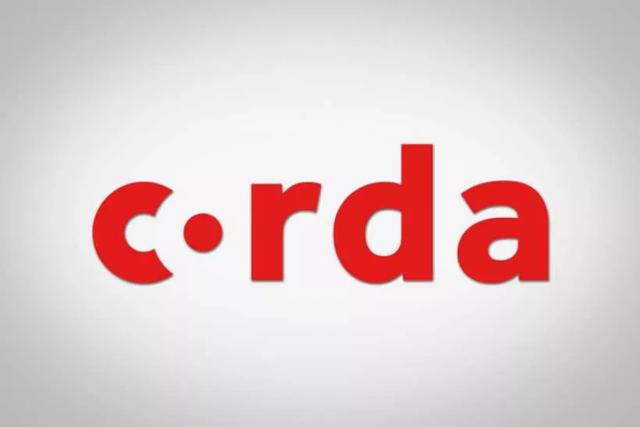Do you know the 5 important elements of blockchain cross-chain interoperability?
The cross-chain interoperability of the blockchain means that different blockchain networks can communicate with each other, share information, and be unrestricted, which is very important for the application of the blockchain.
The author of this article is Richard Gendal Brown, Chief Technology Officer of R3. He helped create Corda. Corda is currently one of the most widely deployed blockchains in global enterprises. He shared with us 5 Important elements, the following enjoy.
2020 is the year when enterprise blockchains have moved from the "deployment campaign" to the mainstream, which means that it is time to discuss cross-chain interoperability …
Interoperability today usually means the ability of different types of computer systems to exchange information, which is a solved problem. But in the blockchain environment, we need to go further, transfer real assets and ensure consistency between different systems, which makes the challenge even more difficult.
- How much bitcoin has been sucked out of the "black hole"? | Bitcoin Secret History
- Here, the truth is "Voice"
- Pangolin Blockchain Development Model: Suggestions for the Development of China's Blockchain Industry
The good news is that for years, teams from major enterprise blockchain communities have been working to solve this problem, preparing for real-time applications that need it, and now may be the time.
On the one hand, the problem of interoperability of the blockchain is easy to explain, "even if we make different technical choices, we must ensure that the deployed solution can work well with the solutions deployed by others".

Consider a typical supply chain case. You may have an ERP system to manage supply chain operations and other daily activities. Maybe a fund management platform to manage working capital. Your bank may provide an account to fund your trading activities, or even May be on the blockchain.
On the other hand, your logistics service provider has also launched a global “track and trace” solution, but using a completely different technology or simply integrating digital files into the entire supply chain. Each has the potential to increase efficiency in part of the supply chain.
However, if we want to avoid the problems of the enterprise blockchain in the past, we must not let ourselves be subject to self-imposed boundaries or expose our suppliers and partners to technology choices.
In order to realize all the hopes of enterprise blockchain and eliminate the formation of new digital islands, interoperability is essential.
In the following content, I will share my views on this issue, as well as the 5 key technical factors that determine the success or failure of enterprise blockchain interoperability.
Only in this way can we transform the entire industry to an ideal state.

5 important elements
If you break the problem down into its components, you know exactly how to proceed, and I think these components are:
- We need to integrate with existing systems
- We need to be able to initiate transactions on other networks and "tracks"
- We need to be able to conduct inter-chain transactions with other technical solutions
- We need to be able to use in-chain transactions using the same technology but on different deployment solutions
- We need to reduce buyer regrets by easily swapping one base platform with another.
Suppose you are an aircraft manufacturing company, you have thousands of suppliers in dozens of countries, hundreds of banking partners and logistics providers. You need to deliver millions of parts in a timely manner every year. There are blockchain applications in every step of the logistics and financial supply chain, which can improve the efficiency of purchasing and order management paper processing, by accelerating accounts payable and receivable To improve operating costs and reduce risk through tracking and tracing functions in the logistics supply chain.
Integration
The blockchain network can provide you with real-time supply chain financing. You can access these direct financing solutions directly through your ERP system and realize the seamless connection of the new network.
initiate
Why bother with existing payment options when you need to pay, in fact, you need to be able to initiate payments and settlements across existing payment networks, such as SWIFT, and potentially use emerging clearing and settlement assets And network.

Inter-chain
Elsewhere, your logistics provider may be using other networks to increase visibility in transportation routes. The amount of data is huge. What we need is the ability to share inter-chain data from financing network and logistics network data.
In-chain
You may also want to use blockchain applications to manage letters of credit, and you will get additional benefits when integrating two or more blockchain applications that use the same underlying technology, so you need to actively consider the in-chain Situation, if your underlying platform is designed to assist them.
exchange
Finally, it may be your application provider or your own blockchain plan that requires you to deploy on other platforms, and we need to ensure that data can be exchanged with each other.

It turns out that some of these elements are more difficult to implement than others, but your platform provider had better have a good solution for all of them.
I'm obviously biased because our R3 team has been working to achieve all these possibilities, so seeing the different bets and challenges we and our competitors had when designing the platform a few years ago, we are actually I am very excited.
For example, will the work we do to make our platform integrate well with existing systems pay off? We bet that customers only want two deployments of the same technology to work well with each other. Is this a strong demand? I think we will know the results by 2020.
The original text comes from the English version of Forbes, Chinese was compiled by the Bluemountain Labs team, and the English copyright belongs to the original author. For reprinting in Chinese, please contact the compiler.
We will continue to update Blocking; if you have any questions or suggestions, please contact us!
Was this article helpful?
93 out of 132 found this helpful
Related articles
- Research: Bitcoin Lightning Network becomes more centralized, removing central nodes or causing network crash
- From the governance of Huawei and Haier, consider the form of a blockchain distributed autonomous company
- Five signs that Ethereum is coming to its age
- In desperation | Will liabilities become "assets"?
- Dapp ecology January data PK, the daily life of users of this public chain plunged 61% year-on-year
- The ecology and prediction of PoW projects under the halving of dry goods
- The smoke of the platform is rising again, OK suddenly \ "violently \", how will Binance and Huobi fight?






